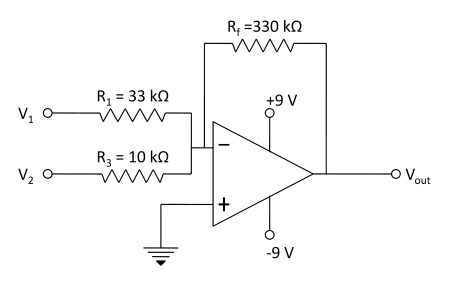Mathematical operations using Op-Amp.
How many inputs can be given to an op-amp for performing addition operation?
In which of the following operations is the resulting output signal of the differential amplifier near zero?
What will be the output of given circuit when V₁ = 4V and V₂ = 2V?
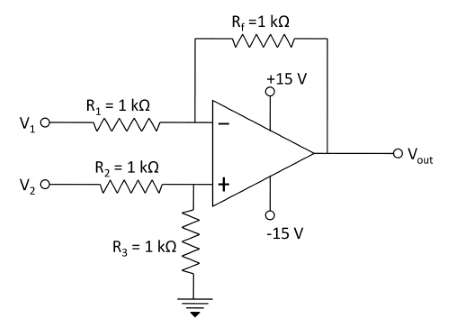

Two voltages of +0.6V and -1.4V are applied to the input resistors of a summing amplifier. The respective input resistors are 400 kΩ and 100 kΩ and feedback resistor is 200 kΩ. Determine the output voltage
Find the output voltage of a differentiator circuit consisting of a resistor of 1 kΩ and a capacitor of 0.1µF if input varies from 0V to 5V in 0.1 ms.
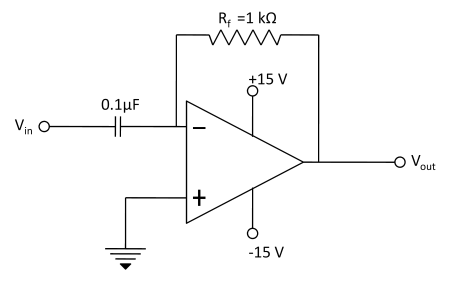

Determine the critical frequency for the integrator circuit shown in figure.


What is the cutoff frequency of an op-amp if the unity-gain frequency is 1.5 MHz and the open-loop gain is 100,000?
Calculate the output voltage shown in the figure below for Rf =68 kΩ.
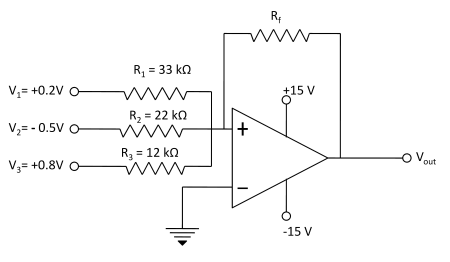

What output voltage results in the circuit of the figure given below for V₁ =+0.5V?
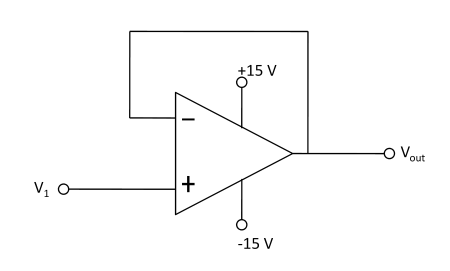

Calculate the output voltage for the circuit of given figure. The input are V₁ = 50 sin(1000 t) mV and V₂= 10 sin(3000 t) mV.
